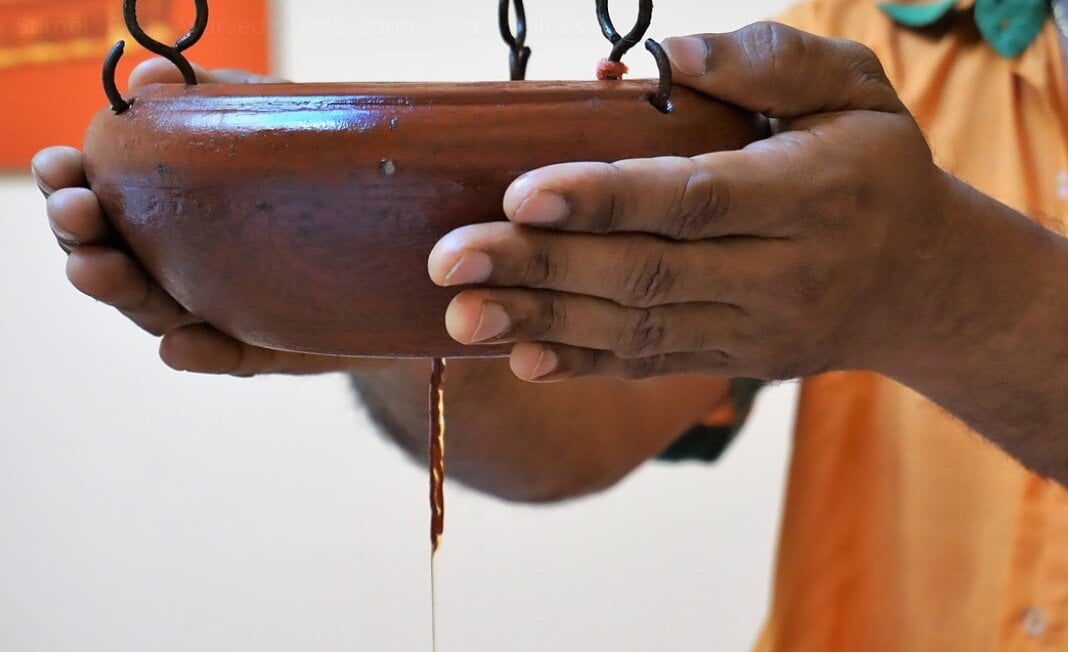It is quite possible with Ayurveda since Ayurveda has been operating in India for more than 5000 years. There is nothing left to be treated with Ayurveda.
Ayurveda can be good and beneficial for people suffering from piles because the herbs used in treatment will help settle the symptoms near to the end by working on the causes that are producing it.
Piles is another word for hemorrhoids. It’s the accumulation of inflamed tissue in the anal tube. These contain support tissue, elastic fibers, and Blood vessels.
Several people have piles but are not aware of it just because they are not showing any symptoms. The rate of occurrence of symptoms is only 50%. That means out of 100 people having piles; only 50 show its symptoms.
Causes:
The piles can grow out of basic reasons such as chronic constipation, lifting heavy weights, pregnancy and chronic diarrhea, etc.
Four Grade Symptoms of Piles
Piles appear in four grades.
Grade 1: There is small aching, and inflammation is usually inside the portion of the anal cavity anus, which is not visible.
Grade 2: When the grade 1 symptom becomes worse, and the inflammation is boosted, we can conclude that the patient has hemorrhoids inside.
In this condition, the hemorrhoids can be avoided or pushed out by the pressure while passing stool. There can be minor bleeding, but the chances are high that patients return to grade 1.
Grade 3: This condition of hemorrhoids is also known as prolapsed hemorrhoids. It can be felt or seen from outside. A patient suffering from prolapsed hemorrhoids feels a lump hanging outside the anal tube.
Grade 4: the hemorrhoids reaching this point need herbal treatment. The lump of skin, in this case, remains hung outside the rectum.
Attention to the symptoms
A patient suffering from piles in most cases, as told earlier, are not serious. They normally settle on their own after a few days. However, reaching grade 3 can show you major symptoms.
A patient suffering from piles may experience the following symptoms:
- A painful, lumpy sort of thing hanging outside the anus. It contains coagulated blood and tissues. Blood-containing piles are also called thrombosed external hemorrhoids.
- Even after stool excretion, a person may find his bowel still full.
- Red blood comes into the picture after the movement of the bowel.
- The portion around the anal cavity feels itchy and red.
- A hard time in passing the stool. Tough pain occurs at the opening of the anus.
More severe piles of Symptoms can be as follows:
- Excessive anal bleeding and inflammation
- Unable to control bowel movement
- Infection can also occur
- Excessive uncontrolled blood clotting
- Creation of new channels, between the surface of the skin near the anus and rectum, which is also called the Anal Fistula
- There is also a condition in which the blood supply to the hemorrhoid is cut off, causing blood coagulation and infection; this is also known as a strangulated hemorrhoid.
Ayurveda’s remedies
The Ayurveda offers a “Piles resisting kit,” which is a combo of multiple medicines to treat Piles. All these medicines ensure no side effects and provide amazing results at the same time.
Here are some Ayurvedic capsules that help in destroying the pile’s infection.
Arsho Fit Capsule
This medicine provides you relief from itching, inflammation, bleeding piles, and swelling around the anus.
Prescription: Two capsules two times daily with plain water after a meal
Pilewin Tablet
These are pure herbal extracts of Naga Param. If you follow these tablets regularly, you can defeat both external and internal piles. The tablets provide relief from hard pain, reducing the bleeding, and shrinking the pile mass. It also reduces venous engorgement and balances Pitta dosha in the body. This medicine is useful for both internal and external piles.
Prescription: 2 tablets, two times daily with normal water
Panchsakar Churna
Panchsakar Churna helps you overcome constipation and bloating. Regular use of this churn gives positive results and results in loss of appetite and abdominal pain.
Prescription: 1 teaspoon one time daily with warm water before sleeping
Triphala Syrup
This syrup helps in the proper cleaning of the bowel and maintains the overall digestive system. It is also beneficial for patients suffering from chronic constipation. The medicine also helps in saving loss of hair and loss of vision.
Prescription: 2 tablespoons of the syrup two times daily with normal water.
Also known as piles treatment in Ayurveda can also be considered as a remedy for piles. Regular uses of it remove infection and constipation.
Prescription: A gentle apply to the infected part for 5 to 10 minutes each day.
Amazing facts you did not know about Ayurveda
Ayurveda is an ancient system of medicine that originated in India over 5,000 years ago. It emphasizes the balance of mind, body, and spirit for overall well-being. Here are some fascinating facts about Ayurveda that you might not be aware of:
- Ancient Roots:
- Ayurveda is considered one of the world’s oldest holistic healing systems, with roots dating back to ancient India. The knowledge of Ayurveda is found in ancient Indian texts, including the Vedas.
- Personalized Medicine:
- Ayurveda is known for its personalized approach to medicine. It recognizes that each person is unique, and treatments are tailored to an individual’s constitution or dosha (Vata, Pitta, Kapha).
- Tridosha Concept:
- Ayurveda is based on the concept of tridosha, which represents three fundamental energies or principles (Vata, Pitta, Kapha) that govern physiological and psychological functions in the body.
- Pulse Diagnosis:
- Ayurvedic practitioners use Nadi Pariksha, or pulse diagnosis, as a diagnostic tool. By assessing the pulse, practitioners gain insights into the balance or imbalance of the doshas and the overall health of an individual.
- Dinacharya (Daily Routine):
- Ayurveda emphasizes the importance of a daily routine, known as dinacharya, which includes practices like oil pulling, tongue scraping, and specific dietary habits. These routines are believed to promote balance and well-being.
- Panchakarma Therapy:
- Panchakarma is a set of detoxification and purification treatments in Ayurveda. It includes therapies like Vamana (emesis), Virechana (purgation), Basti (enema), Nasya (nasal administration), and Raktamokshana (bloodletting).
- Herbal Remedies:
- Ayurveda extensively uses herbs and natural substances for medicinal purposes. Commonly used herbs include turmeric, neem, ashwagandha, and triphala. These herbs are believed to have healing properties and promote balance.
- Mind-Body Connection:
- Ayurveda recognizes the strong connection between the mind and body. Practices such as meditation and yoga are integral to Ayurvedic principles, promoting mental well-being alongside physical health.
- Seasonal Awareness:
- Ayurveda emphasizes the impact of seasons on health. Seasonal changes can influence the balance of doshas, and Ayurvedic recommendations for diet and lifestyle are often tailored to specific seasons.
- Spiritual Aspect:
- Ayurveda is not just a physical health system; it also addresses the spiritual aspect of life. It recognizes the importance of maintaining a harmonious balance between the physical body and the soul for overall well-being.
- Ayurvedic Cooking:
- Ayurvedic cooking is a unique culinary tradition that focuses on balancing the doshas through the selection of foods, spices, and cooking methods. It considers the taste, quality, and post-digestive effect of foods.
- Ayurvedic Psychology:
- Ayurveda includes principles of psychological well-being. It categorizes individuals into different psychological constitutions or “gunas” (Sattva, Rajas, Tamas) and suggests lifestyle practices for emotional balance.
While Ayurveda has a rich history and offers valuable insights into holistic health, it’s essential to approach it with an understanding of its traditional context and consult with qualified practitioners for personalized advice.
Related posts:







